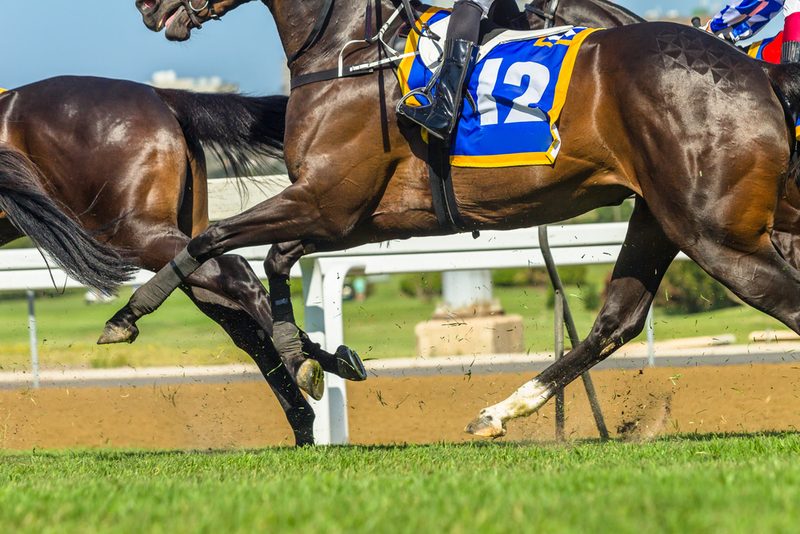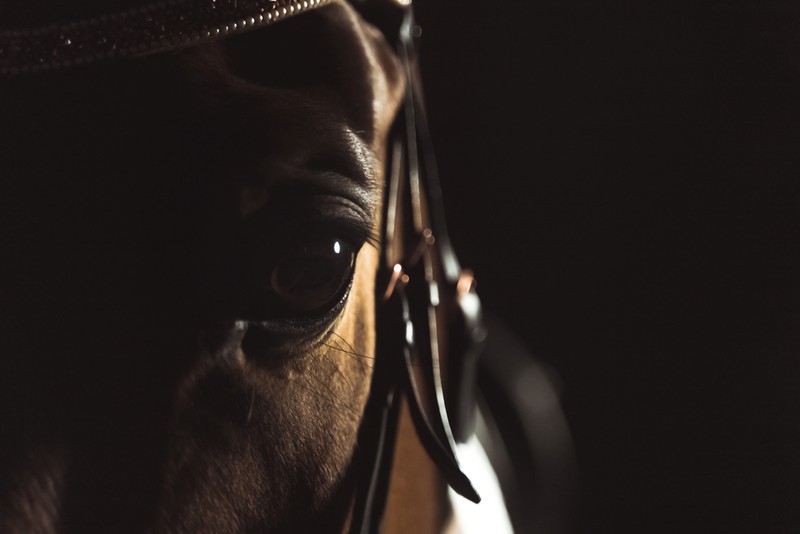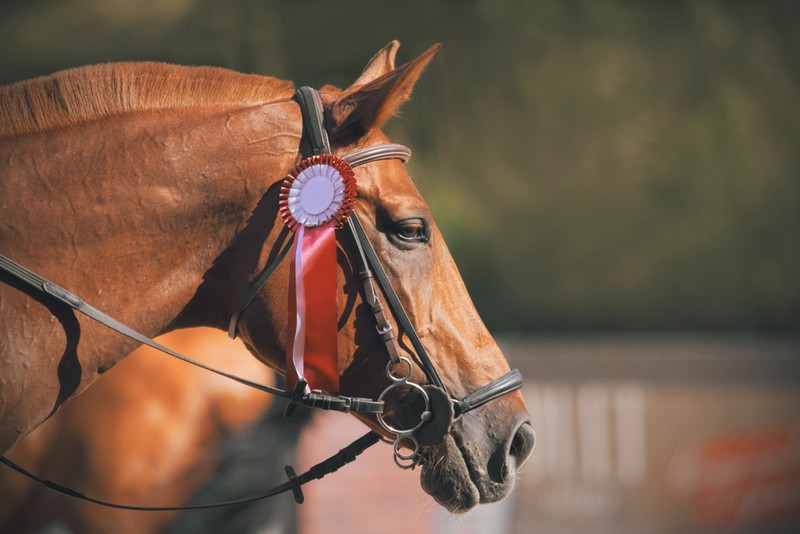Every racehorse that thunders down the turf carries centuries of selective breeding, scientific precision, and human passion. Behind every famous name – from Secretariat to Frankel – lies a complex blend of genetics, physique, and temperament. Some breeds simply seem born to dominate the track, but what gives them that crucial edge?
Let’s take a closer look at the anatomy, breeding, and traits that separate champions from contenders.
1. Breeding Brilliance: The Bloodlines of Speed and Stamina
When it comes to racehorses, pedigree isn’t just a point of pride, it’s a performance blueprint. The best racing breeds, like the Thoroughbred, have been refined over hundreds of years to combine power, endurance, and intelligence. Originating in 17th-century England, the Thoroughbred’s lineage traces back to three foundation sires – the Darley Arabian, the Godolphin Arabian, and the Byerley Turk – whose blood still runs in nearly every modern champion.
Breeders look for balance in bloodlines: sires that offer explosive acceleration paired with mares known for consistent stamina. This balance of traits produces horses that can hold speed through long stretches without burning out too soon. Genetics also influence muscle composition. For instance, studies show elite Thoroughbreds have a high percentage of Type IIA muscle fibres – fast-twitch fibres capable of both speed and endurance.
But breeding doesn’t end with DNA. Nutrition, training, and environment shape how that potential unfolds. A foal might be born fast on paper, but without the right stable conditions and handling, even the finest bloodline won’t translate into race-day performance.
2. Built for the Track: The Perfect Equine Physique

Just as athletes tailor their bodies for performance, racehorses are masterpieces of natural engineering. From their heart to their hooves, every detail counts.
A champion’s heart can weigh nearly 10 kilograms, up to 50 percent larger than that of an average horse. This allows for powerful oxygen circulation, a key factor in maintaining speed over distance. The legendary Phar Lap’s heart, for instance, weighed an astonishing 6.3 kg, fuelling his unmatched endurance.
Then there’s the stride length – a crucial predictor of racing potential. Top racehorses can cover up to 8 metres in a single stride, with stride frequency often exceeding 140 strides per minute during peak acceleration. Combine that with flexible tendons, aerodynamic body shape, and powerful hindquarters, and you have the ultimate running machine.
Even the lungs play a decisive role. A horse’s oxygen intake can increase nearly 40-fold from rest to full gallop. That’s why conditioning programs focus on cardiovascular endurance just as much as speed work. A well-trained racehorse doesn’t just run fast, it sustains that pace with remarkable efficiency.
Modern technology is taking equine fitness even further. Data analytics, wearable trackers, and performance sensors allow trainers to monitor heart rate variability, stride symmetry, and recovery times. It’s sports science for horses – and it’s transforming how champions are prepared.
3. Mind, Muscle, and Motivation: The Champion’s Temperament

Physical prowess alone doesn’t win races. The mind of the horse is equally vital. A calm yet competitive temperament can make the difference between a horse that crumbles under pressure and one that thrives in front of a roaring crowd.
Great racehorses show an instinctive drive, what trainers call “the will to win.” They respond to training cues, handle noise and travel stress, and build trust with their jockeys. In many stables, behavioural specialists now work alongside trainers to develop focus, confidence, and discipline in young horses.
This mental fortitude is where the connection between breeding and training becomes most visible. Horses bred from calm yet spirited lines tend to handle the demands of racing better. A strong mind complements a strong body – together creating the elusive “X-factor” every owner dreams of.
Interestingly, this blend of instinct and analysis isn’t so different from human pursuits that mix passion with probability – whether that’s reading form guides before a race or trying your luck on a crypto casino app, where data, timing, and instinct often intersect. In both worlds, success comes from understanding patterns and maintaining composure under pressure.
Final Thoughts
The anatomy of a champion isn’t built overnight, it’s a perfect storm of genetics, structure, and spirit. From bloodline science to training innovation, every detail contributes to the making of a winner. While luck still plays its part, the truth is that excellence in horse racing is rarely accidental.
Whether you’re studying pedigrees, watching the next big name emerge, or simply admiring these majestic athletes in motion, remember that behind every burst of speed lies generations of breeding and a lifetime of preparation. In the end, champions aren’t just born – they’re built, stride by stride.

